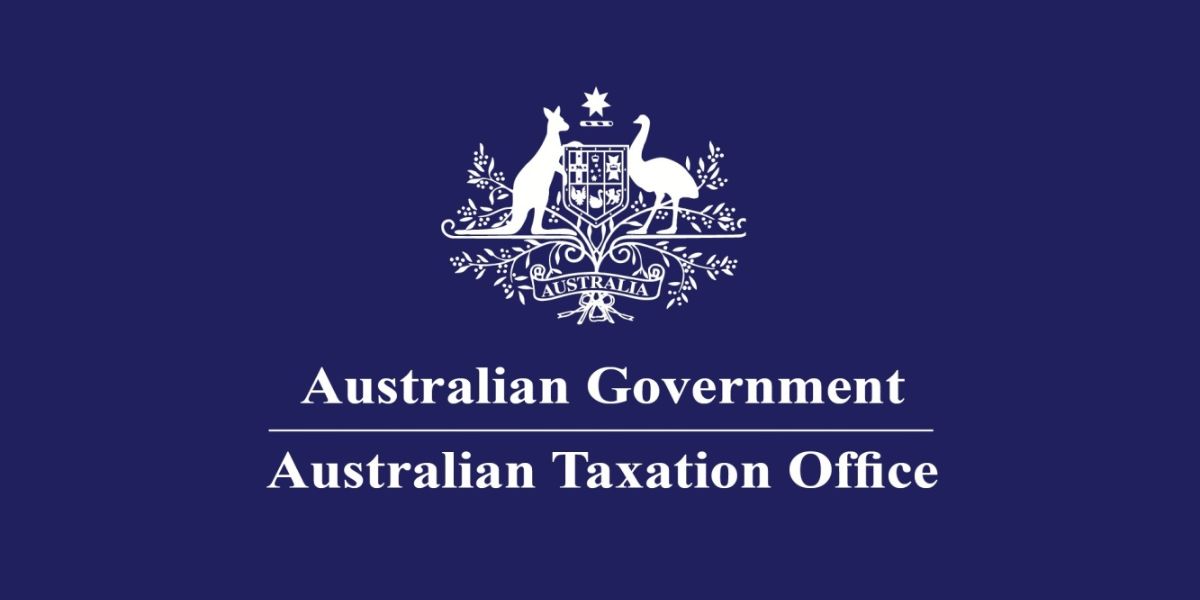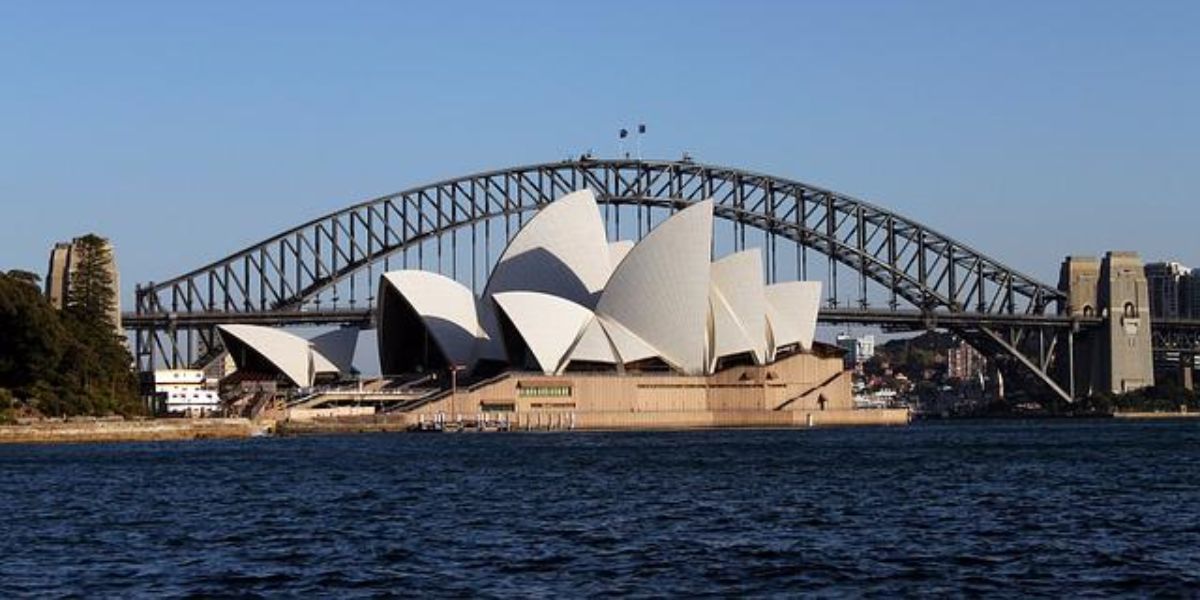On 8 May 2018, the Commonwealth Treasurer, Mr. Scott Morrison, announced the Federal Budget 2018-19.
Mr. Morrison said “in this year’s Budget there are five things we must do to further strengthen our economy to guarantee the essentials Australians rely on.
- Provide tax relief to encourage and reward working Australians and reduce cost pressures on households, including lowering electricity prices,
- Keep backing business to invest and create more jobs, especially small and medium sized businesses,
- Guarantee the essential services that Australians rely on, like Medicare, hospitals, schools and caring for older Australians,
- Keep Australians safe, with new investments to secure our borders, and, as always,
- Ensure that the Government lives within its means, keeping spending and taxes under control.”
Competitive enterprise tax plan
The Australian government has already legislated tax cuts for businesses with a turnover under $50 million, taking their rates from 30 per cent to 27.5 per cent and eventually to 25 per cent, and committed to extending those tax cuts to all businesses. The Enterprise Tax Plan will reduce the company tax rate to around the median of the OECD.
Business deductions
- Salaries and wages expenses will not be admissible without withholding PAYG;
- Deductions will also be inadmissible for payments to contractors without any PAYG withheld and where the contractor does not provide an Australian Business Number (ABN);
- Cash based business transaction will be limited to $10,000.
Backing businesses to invest
The Government has legislated tax cuts for around 3.3 million small and medium Australian businesses employing 6.8 million workers with annual turnover up to $50 million, as part of the Ten Year Enterprise Tax Plan.
The Plan has also increased the unincorporated small business tax discount rate from 5 per cent to 8 per cent (up to a cap of $1,000). This rate will increase to 16 per cent by 2026‒27. By lifting the small business entity turnover threshold from $2 million to $10 million, access has also been extended to a range of small business tax concessions.
These tax cuts began in 2016‒17. Companies with annual turnover less than $10 million had their tax rate cut to 27.5 per cent – the lowest level in over 50 years. This lower corporate tax rate was extended to companies with annual turnover less than $25 million in 2017‒18 and will extend to companies with annual turnover less than $50 million from 1 July 2018.
Small businesses will also benefit from the Government extending the $20,000 instant asset write–off for a further 12 months to 30 June 2019. These businesses will now have additional opportunities to reinvest in their business and replace or upgrade their assets.
Boosting innovation
The Australian government is investing an additional $1.9 billion over 12 years in national research infrastructure to help Australians deliver high impact research that can be used across their economy, from health to manufacturing to agriculture. This brings total Government investment in national research infrastructure through the National Collaborative Research Infrastructure Strategy to $4.1 billion over 12 years.
Asset write-off
The instant asset write-off for assets under $20,000 for small businesses with aggregated annual turnover of less than $10m will be extended yet again, for assets first used or installed ready for use by 30 June 2019. The write off was due to expire 30 June 2018.
Exchange of Information
The list of Exchange of Information (EOI) countries will be expanded, effective from 1 January 2019. 56 countries to be added include Austria, Lichtenstein, Luxembourg, the Philippines and Switzerland but not Hong Kong. The updated list in the regulations will allow investors to benefit from lower MIT withholdings.
Thin capitalization rules
The Government will tighten Australia’s thin capitalization rules by requiring entities to align the value of their assets for thin capitalization purposes with the value included in their financial statements.
- Companies will no longer be able to revalue assets for the purpose of the safe harbor thin capitalization test if the asset value is not contained in their financial statements.
- This places the responsibility on those preparing financial statements and their auditors to make sure that valuations adopted are appropriate and in accordance with accounting standards.
This measure applies to income years commencing on or after 1 July 2019 and suggests that valuations before the Budget will be accepted.
Significant global entity companies
The definition of significant global entities (SGEs) is to be broadened for income years commencing on or after 1 July 2018. At present, the SGE definition only applies to an entity which is a member of a group of entities that are consolidated for accounting purposes, and which have global consolidated revenues of greater than AUD 1 billion (USD 750m). Significant Global Entity (SGE) will be extended to include multinational groups which are headed by trusts, partnerships and a wider range of private companies.
Personal income tax plan
Tax relief for low and middle‒income earners is the first priority of the Australia’s 7‒year plan to make personal income tax lower, fairer and simpler. By 2024‒25 around 94 per cent of taxpayers are projected to face a marginal tax rate of 32.5 per cent or less compared with 63 per cent.
The immediate benefit for low and middle income earners will be up to $530 a year and up to $1,060 for a working couple, starting in 2018‒19. By lifting the 32.5 per cent tax bracket to $90,000 from 1 July 2018, around 200,000 taxpayers will be prevented from moving into the 37 per cent tax bracket.
Further threshold changes in 2022‒23 and 2024‒25 will simplify and flatten personal tax rates. Under this plan, the proportion of Australian taxpayers projected to face a marginal tax rate of 32.5 per cent or less will increase from 63 per cent to 94 per cent in 2024‒25.













